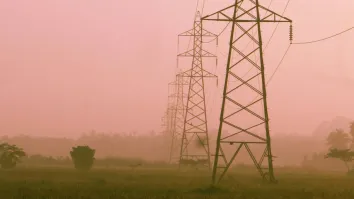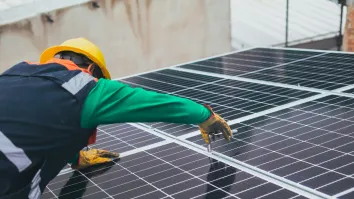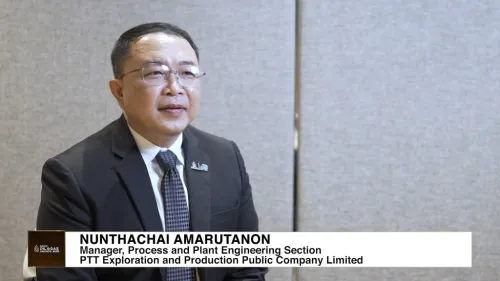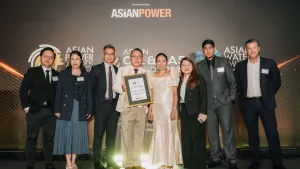
NBPPL equity infusion to likely conclude by March
NTPC and BHEL are expected to complete the infusion of US$16.6 million, each, into the equity capital of their joint venture company before March 11.
This will be the second round of equity infusion as the two entities have both already contributed US$5.5 million towards the NTPC-BHEL Power Projects Private Limited.
The Board of Directors of, both, National Thermal Power Corporation and Bharat Heavy Electricals Limited have already approved the infusion of US$22.175 million, each, in NBPPL as per the requirements of the JV company. So far, NBPPL has spent around US$4.65 million and has made commitments for another US$10.64 million.
Through this JV, NTPC and BHEL plan to set up power equipment manufacturing facilities with a capacity of 4,000 MW per annum, to be commissioned in the next 4-5 years.



















 Advertise
Advertise








